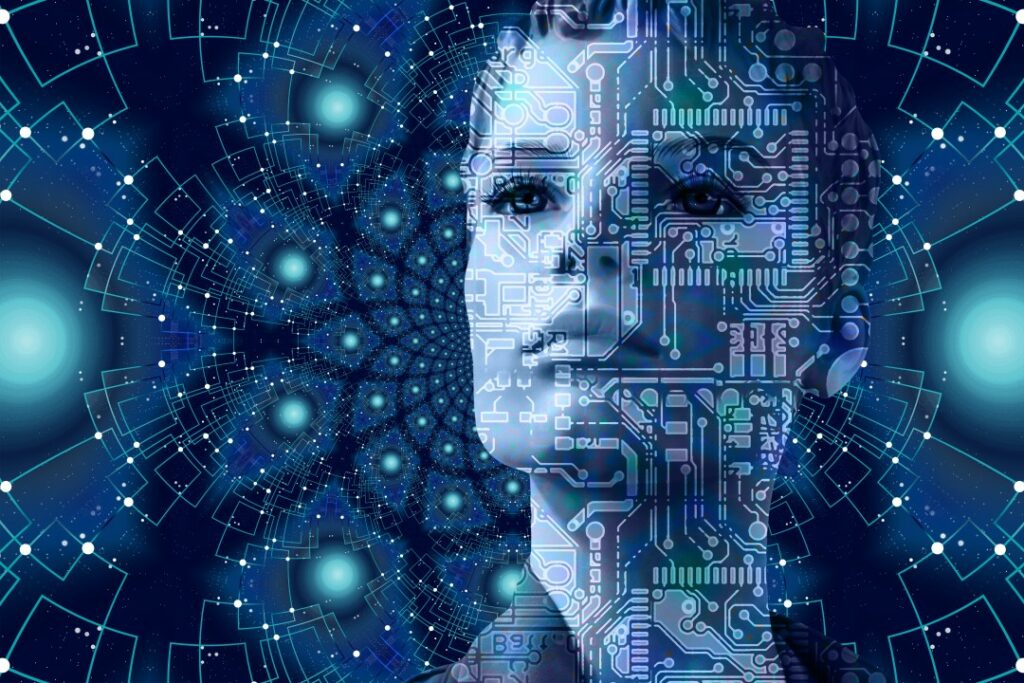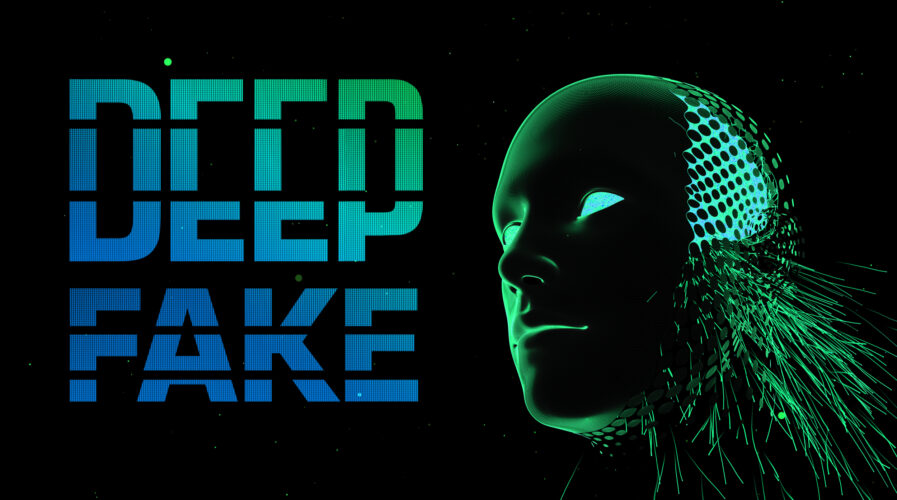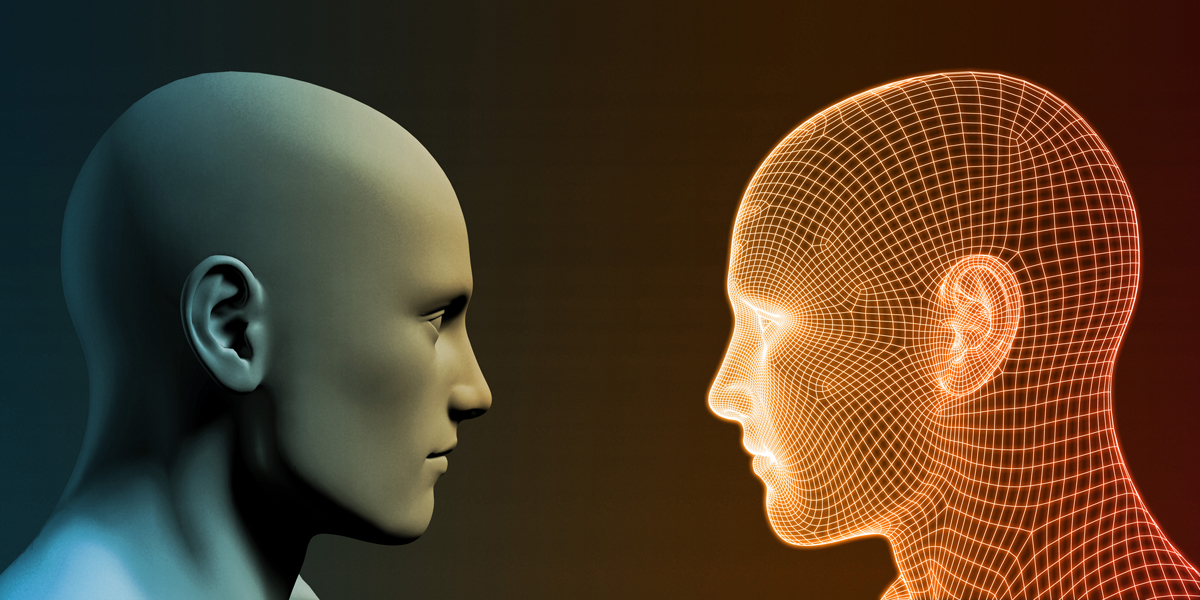You know how these days you can’t accomplish anything without proving who you are? Whether it’s opening a bank account or using a car-sharing service.
As online identity verification has grown more commonplace, fraudsters have become increasingly interested in outwitting the system.
Criminals are putting in more money and effort to circumvent security measures. Deepfakes are their ultimate weapon, imitating actual humans using artificial intelligence (AI) capabilities. The million-dollar question now is whether corporations can effectively use AI to battle fraudsters with existing tools.
According to a Regula identity verification analysis, one-third of worldwide organizations have already been victimized by deepfake fraud, with deepfake voice and video posing substantial dangers to the banking sector.
RELATED: In The powerful The Heart 5 Music Video, Kendrick Lamar Deepfakes Himself As Will Smith, Kanye West, and Others.

For example, fraudsters can simply impersonate you in order to gain access to your bank account. In the United States, nearly half of the organizations questioned admitted to being targeted with voice deepfakes last year, outperforming the global average of 29%. It’s similar to a Hollywood heist, except in the digital arena.
And, as AI technology for making deepfakes becomes more widely available, the risk of enterprises being impacted grows. This raises the question of whether the identity verification method should be tweaked.
RELATED: Tesla Defense Lawyers Say Elon Musk’s Claims Could Be “Deepfakes”
Fortunately, we haven’t reached the “Terminator” level yet. Most deepfakes can still be detected right now, either by eagle-eyed people or AI technologies that have been included into ID verification solutions for quite some time. But don’t relax your guard. Deepfake dangers are emerging swiftly – we are already on the verge of seeing convincing examples that elicit no suspicion even after careful examination.

The good news is that the AI, the superhero we’ve enlisted to combat “handmade” identity fraud, is now being trained to detect false stuff manufactured by its AI pals. How does it do this feat of magic? To begin with, AI models are not created in a vacuum; they are shaped by human-fed data and intelligent algorithms. Researchers can create AI-powered tools to combat synthetic fraud and deepfakes.
The basic idea behind this safeguard technology is to be on the watch for anything suspicious or inconsistent while doing ID liveness checks and “selfie” sessions (in which you take a live photo or video with your ID). A digital Sherlock Holmes is created using an AI-powered identity verification technology. It can detect changes that occur over time, such as changes in lighting or movement, as well as changes that occur within the image itself, such as clever copy-pasting or image stitching.
RELATED: AI Concerns, According To Bill Gates, Are Real, But Nothing Humans Can’t Handle
Fortunately, AI-generated fraud still has some blind spots, which enterprises should exploit. Deepfakes, for example, frequently fail to capture shadows correctly and have strange backgrounds. Fake documents frequently lack optically changeable security components and fail to project specified images at specific angles.

Another significant problem that criminals confront is that many AI models are predominantly trained using static face photos, which are more widely available online. These models fail to provide realism in “3D” video sessions because people must turn their heads.
Another vulnerability that organizations can exploit is the difficulty in modifying papers for authentication vs attempting to use a false face (or “swap a face”) during a liveness session. This is due to the fact that criminals often only have access to one-dimensional ID scans. Furthermore, current IDs frequently have dynamic security elements that are only apparent when the papers are in motion. Because the industry is always evolving in this field, it is practically hard to create convincing fake documents that can pass a capture session with liveness validation, in which the documents must be rotated at multiple angles. As a result, demanding physical identification for a liveness check can dramatically improve an organization’s security.

While AI training for ID verification systems is always evolving, it is effectively a perpetual cat-and-mouse game with fraudsters, with often unforeseen results. Even more intriguing, criminals are training AI to outwit greater AI detection, creating a never-ending loop of detection and escape.
Take, for example, age verification. During a liveness test, fraudsters might use masks and filters to make persons appear older. As a result of such efforts, researchers are under pressure to uncover new cues or signs of altered media and train their algorithms to detect them. It’s a never-ending back-and-forth, with each side attempting to outwit the other.
RELATED: Deepfake Startups Become A Venture Capital Focus
Maximum level of protection
Given what we’ve learned thus far, the issue remains: What steps should we take next?
To begin, abandon the old playbook and embrace a liveness-centric approach to identity checks to attain the highest level of security in ID verification. What’s the gist of it?

While most AI-generated forgeries lack the naturalness required for convincing liveness sessions, businesses desiring utmost security should only work with physical things — no scans, no images — only genuine documents and real people.
The solution must validate both the liveness and authenticity of the document as well as the individual presenting it during the ID verification procedure.
This should be backed up by an AI verification model that has been trained to detect even the most subtle video or image changes that may be imperceptible to the human eye. It can also assist in detecting other factors that may indicate anomalous user behavior. This includes inspecting the device used to access a service, its location, interaction history, image stability, and other factors that can aid in verifying the identity in question. It’s similar to putting together a puzzle to see if everything adds up.
Finally, proposing that clients utilize their mobile phones instead of a computer’s webcam during liveness sessions would be beneficial. This is because using a mobile phone’s camera makes it far more difficult for fraudsters to switch photos or movies.
To summarize, AI is the ultimate good guy’s sidekick, ensuring that the bad people don’t get past those barriers. Even so, AI models require human guidance to stay on course. However, when we work together, we are extremely adept at detecting fraud.
Download The Radiant App To Start Watching!
Web: Watch Now
LGTV™: Download
ROKU™: Download
XBox™: Download
Samsung TV™: Download
Amazon Fire TV™: Download
Android TV™: Download

